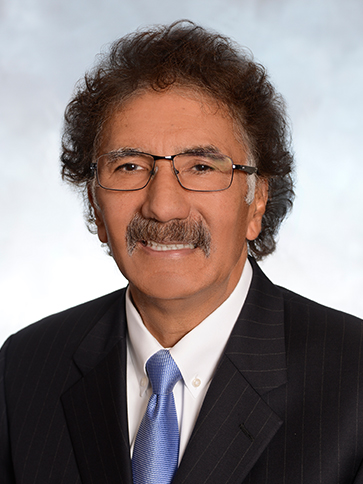New fee aims to move cargo containers left at Long Beach terminals
The Long Beach Board of Harbor Commissioners on Friday approved the implementation of a new fee on ocean carriers designed to speed the flow of cargo from Port of Long Beach marine terminals during an unprecedented surge in shipments.
Containers that linger too long on the docks are delaying the berthing of vessels, leading to record numbers of ships waiting off the coast, and consumers and businesses across the U.S. left waiting for crucial shipments.
The Harbor Commission approved a “Container Excess Dwell Fee” program that will be implemented on November 1st. The fee will not be assessed until November 15th. The Port of Los Angeles’ board approved an identical measure Friday.
The ports will charge ocean carriers for each container that falls into one of two categories. For containers scheduled to move by truck, the fee applies to every container dwelling for nine days or more. For containers moving by rail, the fee applies if the container has dwelled for six days or more.
The fee increases in $100 increments per container per day until the container leaves the terminal. The Port has the authority to not start charging the fee, should there be progress by Nov. 15.

“This is the nation’s leading cargo gateway, and this crisis has national impacts. We need to take action to facilitate the rapid movement of cargo through the supply chain, and this plan will help,” said Port of Long Beach Executive Director Mario Cordero. “Combined with our push for expanded hours of operation, more space for containers, and other measures, we are determined to eliminate the backlog.”
Friday’s unanimous vote by the Harbor Commission ratified the fee plan as first announced by the two ports on Monday.

“This is the latest step in our collaborative efforts to ensure a more efficient supply chain. We’re not doing this to collect revenue – we need those containers to be moved off our terminals promptly,” said Steven Neal, Harbor Commission President. “We will do everything within our power to help our supply chain partners overcome the current challenges.”
The two ports have worked closely with President Biden’s Supply Chain Disruption Task Force on this issue.
An estimated 40 percent of imported containers are left on the terminals for nine days or more. In normal times, containers were generally left less than four days on terminals.
Any fees collected from dwelling cargo will be re-invested for programs designed to enhance efficiency, accelerate cargo velocity, and address congestion impacts.











